ARCHIVES. with Driving Shoes, The Inside Pocket, Archivé, The September 18 and Fashion for Friends.
018: a certified special: inside the writing routines of your favorite fashion writers.
*Note to readers: this is a HUGE post, because it’s filled with all of your favorite girls! So buckle up! Yeah, it’s too long for email. So what?!
I knew you guys have been DYING for me to bring a newsletter edition especially for fashion, and you know me, I don’t disappoint.
So, as a fellow writer (and as a very curious person), I made my dream to go inside the lives of your favorite fashion substackers, writers and editors come true.
1.
is more than just your regular fashion writer, she is a rising star, and a very busy one.She writes one of my favorite fashion newsletters,
, which is all about finding the most unique and cost-effective way to luxury, which is why she’s considered your fashion fairy godmother. And your best friend.If you subscribe to
, you will find lots of affordable vintage pieces you would’ve never thought were affordable, musings and bitchings on culture, shopping guides, seasonal wardrobe formulas, and otherwise unattainable purchases that you can get if you can afford them. (They’re all so worth it and I want them all).Driving Shoes is a play off my Instagram handle (@/taylorcantdrive) because they are
1) incredibly chic (I will hopefully have an entire post on this… I always seem to be drawn to deeply impractical house slipper-esque shoes with no MTA-appropriate sole)
2) because it’s a gay joke.
In truth, I’ve had no more minor car bumps than your average teenager, and my license is now expired, so it’s really just a branding ploy to get out of DDing.
-Taylor Barnett

So, as I was saying, I was lucky enough to be able to interview Taylor about the very amazing items she covers on her newsletter and about personal style, here’s how it went:
: With ‘Driving Shoes’ covering the coolest vintage pieces ever, designer masterpieces and quite literally having the most perfect shopping guides, I really wanted to know more about your process for researching items to cover, when do you think something’s worth writing about or showing it to other people?
: Oh wow. First of all, thank you so much for your kind words—that really means a lot! Putting your most internal taste level on display, along with the writing itself, can feel vulnerable. It’s open to criticism, or it never feels polished enough, so hearing that is genuinely touching.
One of my earliest and most successful posts, Things Niche Luxury Chic Girls Are Obsessed With, grew my audience by nearly 1,000 subscribers on its own. That really affirmed the direction I wanted to take with product ID on Driving Shoes. Since that first edit, I’ve done two follow-ups (now aptly titled What Chic Girls Wear), with more to come.
I’ve worked in fashion marketing for the past five years and, along the way, compiled a long list of creators I look to as a kind of fashion North Star—especially for styling vintage, recontextualizing existing pieces, and identifying covetable new ones right at the start of a trend’s arc (often a year or two before it hits mass saturation and trickles down into fast fashion vents). I don’t approach my closet with an “I see it, I copy it” mentality. Instead, my style is informed by a tight group of tastemakers whose perspectives I know resonate with my own. Everyone needs a reference point—there’s so much to learn from others. The more you understand fashion history, the more you understand yourself. I hope to continue building a community of like-minded people through the Substack.
I love the idea of “take what you can and leave the rest”, meaning, don’t replicate someone’s closet piece-for-piece, but identify what draws you in and figure out how it can be filtered through your own life and taste.
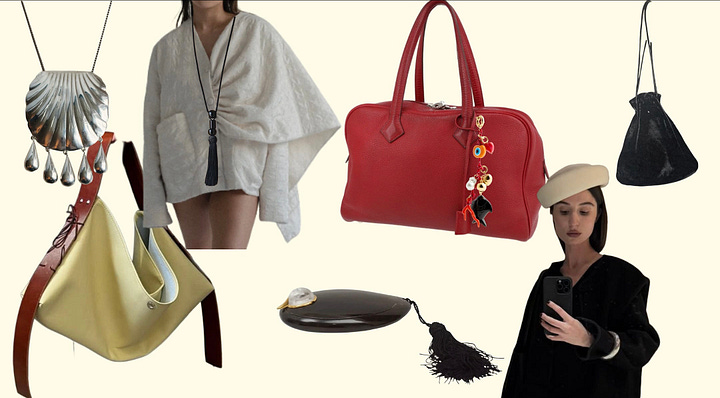
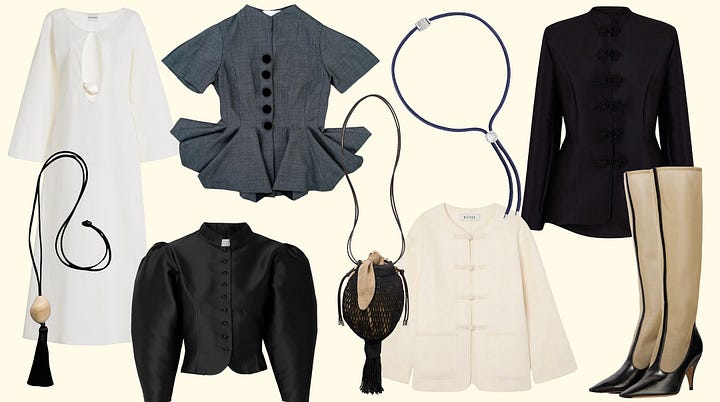
Ultimately, it all comes down to confidence: having spent years doing the research and the work to understand my personal style. That’s what translates, I think, to other fashion-obsessed people who are similarly meticulous and find joy in that shared wavelength. I’ve grown my audience organically, and we continue to find each other with a kind of natural synergy.
: Many people benefit from reading ‘Driving Shoes’ because everyone likes good advice and beautiful pieces, but I also wonder about your superpower to find beautiful pieces that somehow everyone finds mesmerizing (myself included) whether on your recent purchases, or your wishlists or shopping guides. So, my question to you is: How does your personal style influence your writing? Do you include pieces of clothing on ‘Driving Shoes’ with a specific type of reader in mind or are they all pieces that you personally find mesmerizing? Or maybe both?
: My personal style is absolutely the driving force behind my writing. I only really care to share things I genuinely love—once that’s diluted, it becomes hard to maintain a clear brand identity or even a sense of self behind the screen. That might sound a bit serious for a small fashion newsletter, but after working in marketing for a few years, I’ve learned that the key to building community is authenticity. If you lose that, you lose your unique perspective, and your audience won’t know what to trust or expect from you. I’d rather publish less and stay inspired than push out content or links that don’t feel true to me.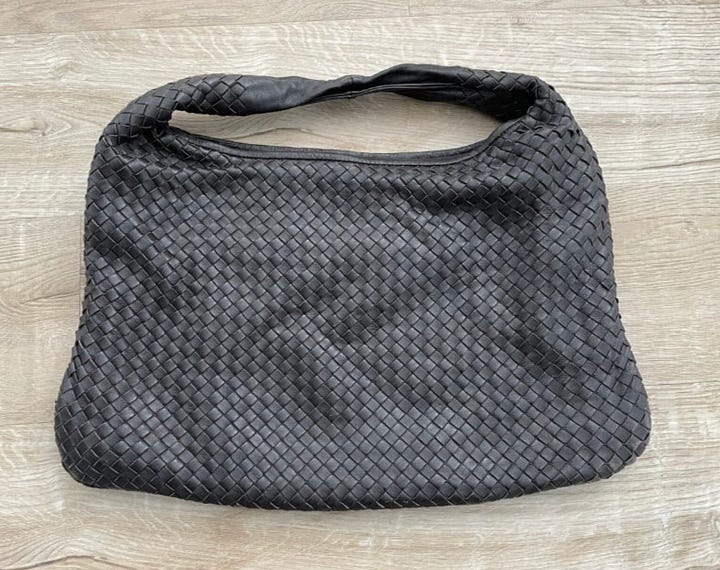
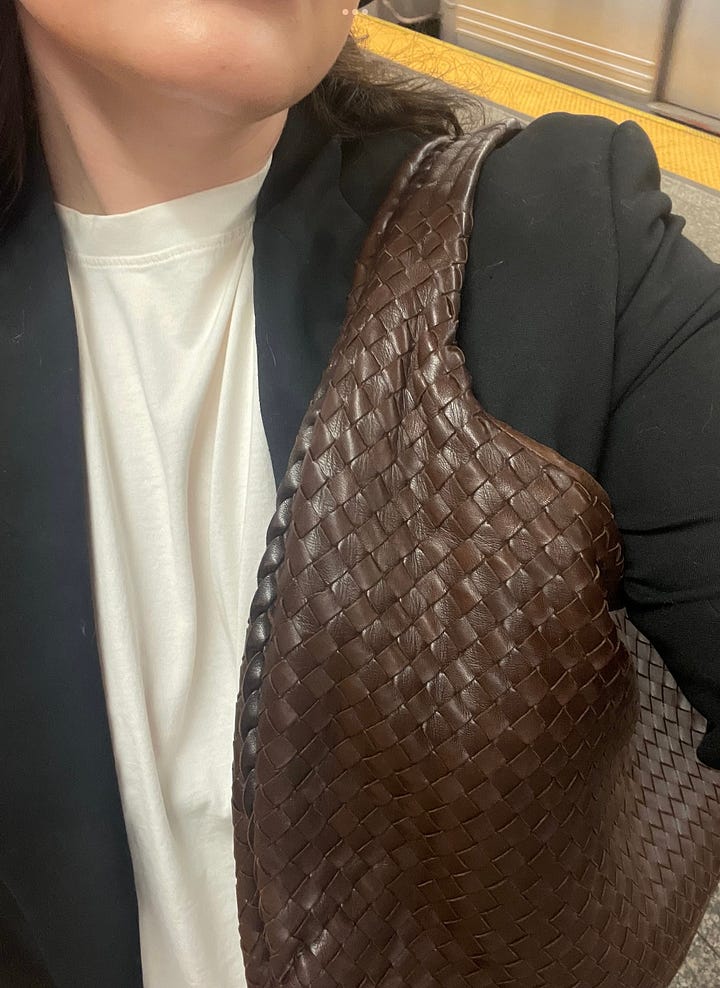
I also think there’s a larger responsibility that comes with putting content into the world that’s rooted in consumerism. Most of us already have more than we need, and while adding to our closets can be fulfilling—and let’s be honest, just fun—it’s also a practice that can be incredibly privileged, environmentally harmful, and often tied to unhealthy comparison on social media. I try to keep that perspective top of mind.

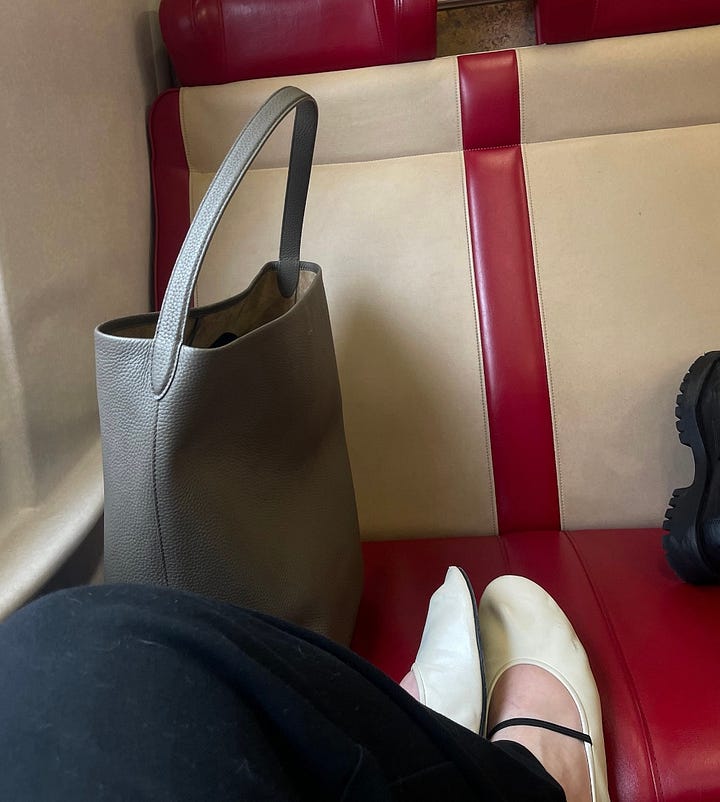
Everything I share on Driving Shoes is something I would personally buy. So naturally, I think the reader I attract tends to be someone who’s stylistically aligned with me. I’ve connected with some incredibly chic women through this process—we find each other, and continue to share the things we love.
-Taylor Barnett
2.
Everyone who knows me knows about my love for
I was famously going through a really rough patch last year and getting a message from Giulia in which she says “YOU ARE A STAR!!!” literally saved me, so if that doesn’t tell you that, besides being a great writer, she’s also a great person, I don’t know what will.
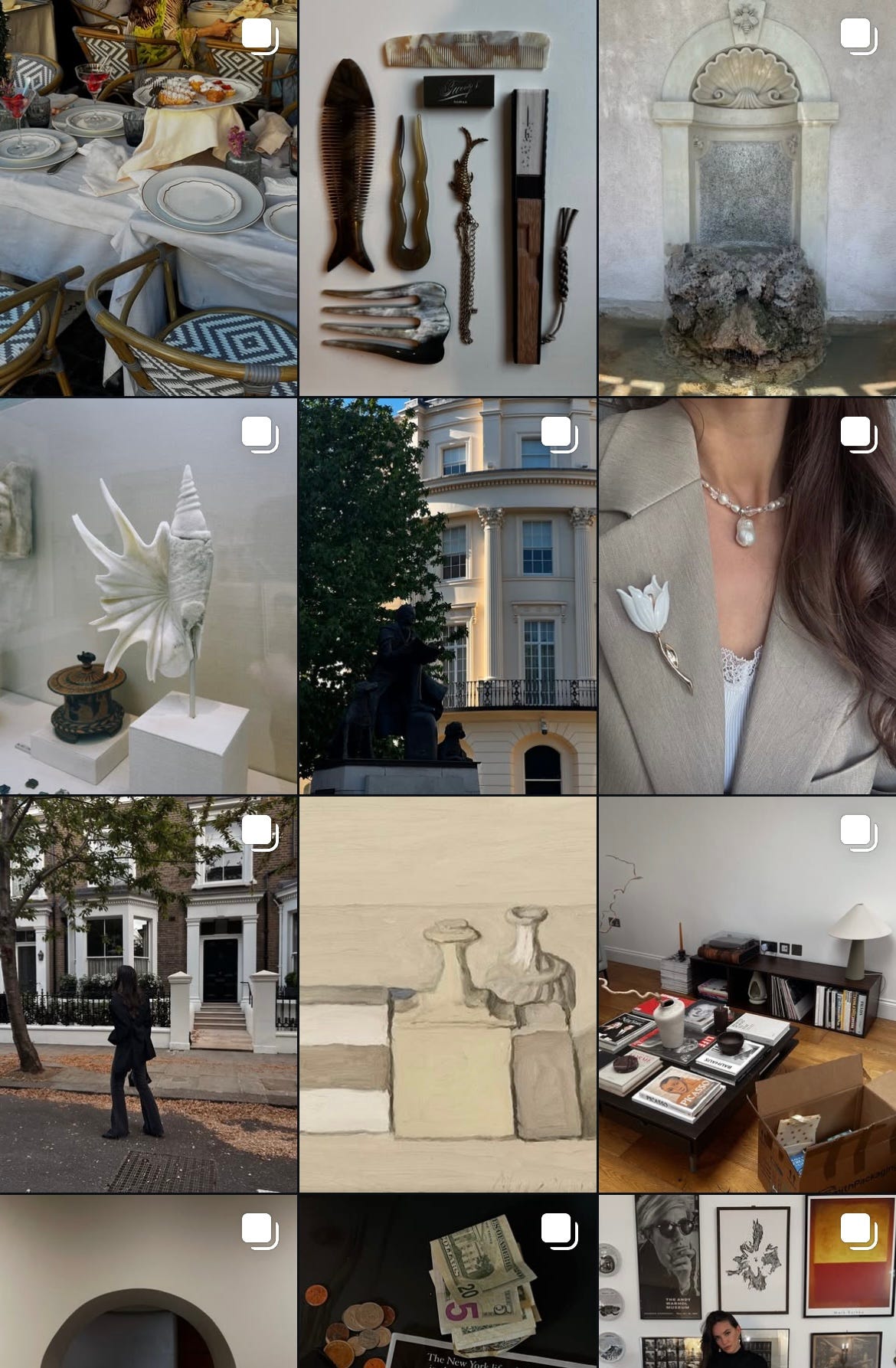
Giulia C. also famously writes
, which covers exclusive fashion news, history, creative inspiration, curated mood boards, and the full publication archives. INSANELY GOOD.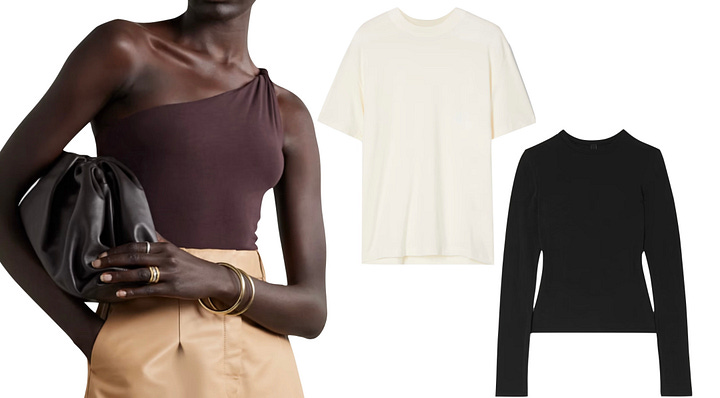
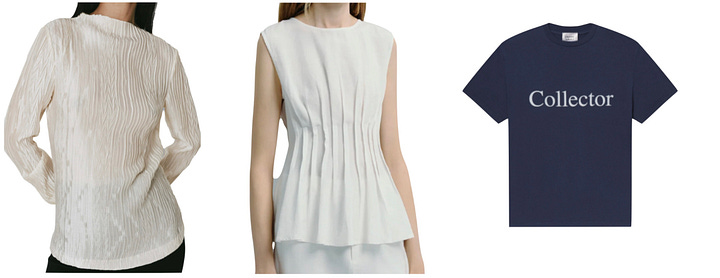
In some article series like Visual Voyage, Cool Stuff, and Italian Icons, she shares, through mood boards and curations, what’s currently sparking her interest in art, fashion, and everything else fuelling her creativity (which she has a lot).
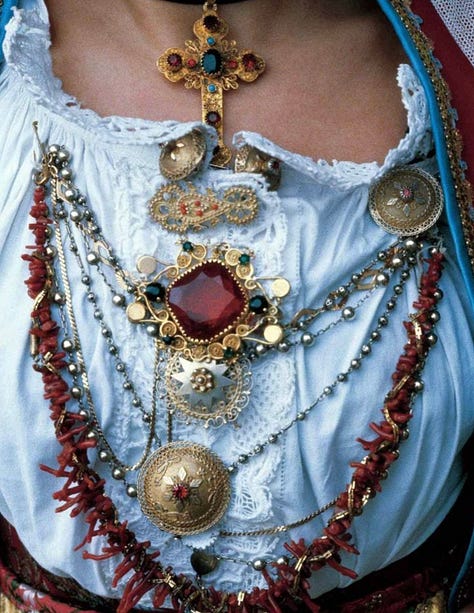
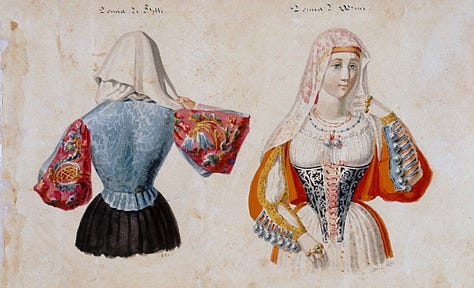
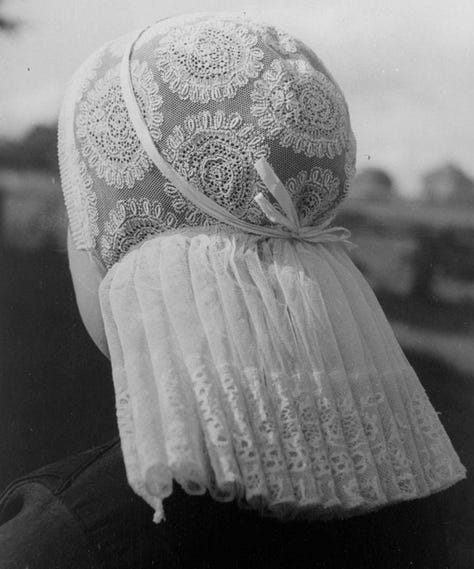
On a more personal note, I absolutely LOVE Visual Voyage! Everything she curates and shows her readers in this series is absolutely breathtaking.
So, I had to ask Giulia a few questions about the role of the fashion writer, clichés and things people misunderstand about fashion writing:
: While writing The Inside Pocket, a newsletter loved by thousands (and with a loyal fan base - me included!) that has content we’d usually see in a fashion magazine, do you think social media has impacted the role of the fashion writer?
: Amanda, firstly thank you so much for thinking of me. I adore you and hearing that girls like you read and enjoy my work make my heart so full. : I ABSOLUTELY ADORE YOU! : Back to the question, yes, absolutely! In my opinion the role of the fashion writer has evolved dramatically, from being confined to the glossy pages of magazines to now being everywhere on our screens, in bite-sized posts, newsletters, Substack, and even just Instagram captions. I'm a bit old-school myself and very nostalgic type. I am a magazine collector, to be precise and there's still nothing quite like flipping through a well-curated issue of Vogue Italia or The Gentlewoman for me. But I’d be delusional to ignore the power and reach of digital. The shift really accelerated around 2020, with the pandemic of course. Many publications had to pause or shut down print editions.
One example is Porter Magazine, once a heavyweight in the print fashion space, who is still today digital-only. But that pivot also gave writers more freedom: today, you can build a loyal readership without needing Condé Nast. Platforms like Substack have opened the door to more personal, opinionated, and beautifully chaotic forms of fashion commentary — which I think is part of why The Inside Pocket resonates and why I love this platform so damn much.
: Are there any clichés or overused narratives in fashion journalism/fashion writing in general that you try to avoid?
: One I always try to avoid is the word iconic. It’s so overused in fashion writing that it’s kind of lost its meaning — though I admit, sometimes it’s hard not to use it when you’re describing something that really is. But not everything can be iconic, right?Another cliché I hear a lot is that people think I’m a snob just because I’m an editor — but honestly, I’m really not. I am not the type that will ever judge you based on how you dress and just in general working in fashion doesn’t allow anyone to be mean (even if the industry is full of mean girls unfortunately).
The thing is that I love what I do, but most days it’s just writing, editing, and chasing deadlines, not all glamour and glitter. Plus, fashion writing can be less creative than people imagine. Especially in print, where many magazines survive thanks to advertising, there are contracts and rules. Sometimes you have to write certain things or say certain nice words if you know what I mean. That’s why spaces like Substack are so important for fashion journalism today. Even if there’s still some advertising, like affiliate links, there’s more room to build a community and share honest opinions — based on real experience, not just because someone wrote a big check.






